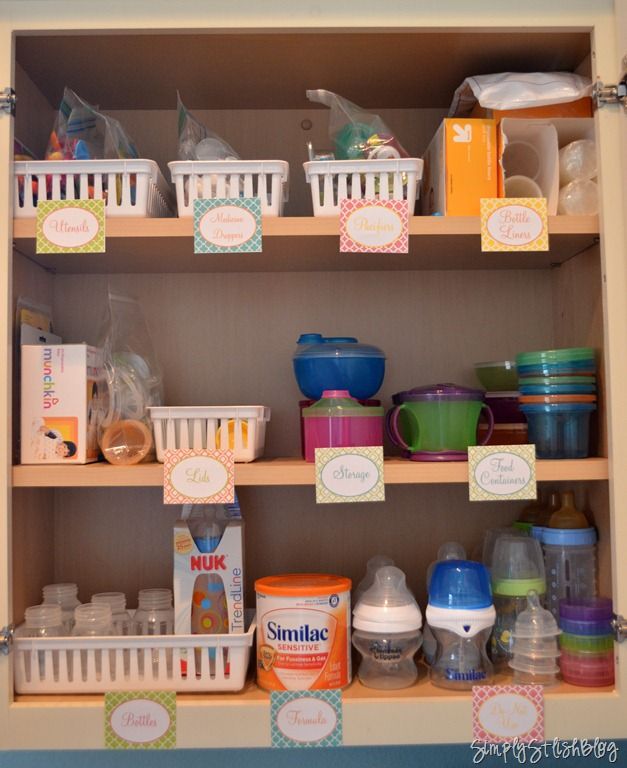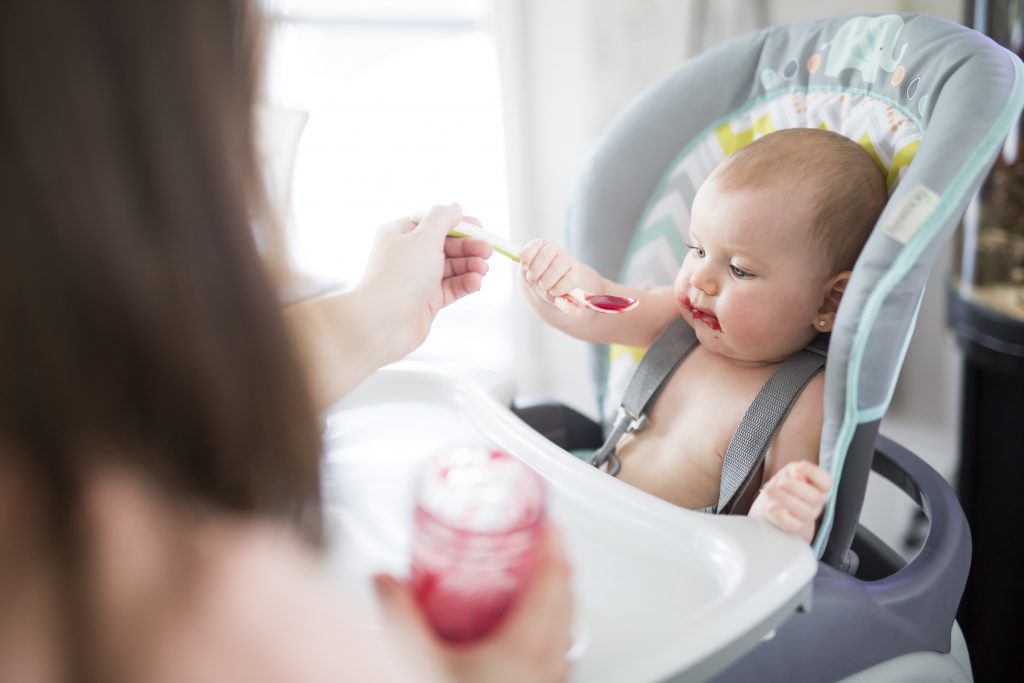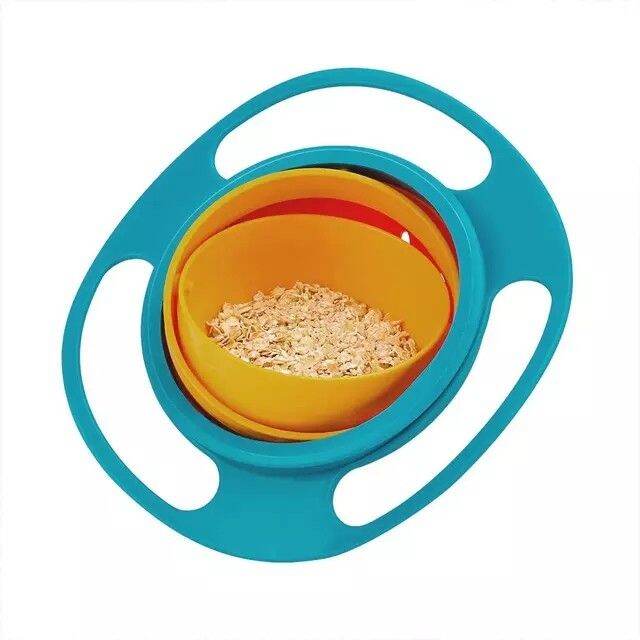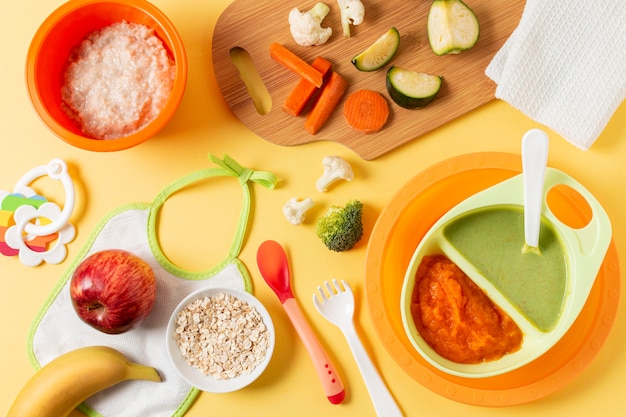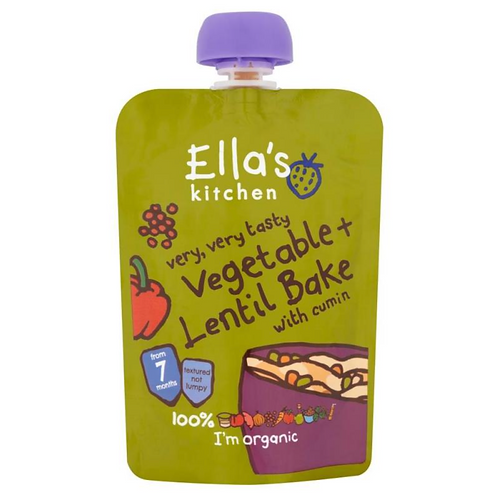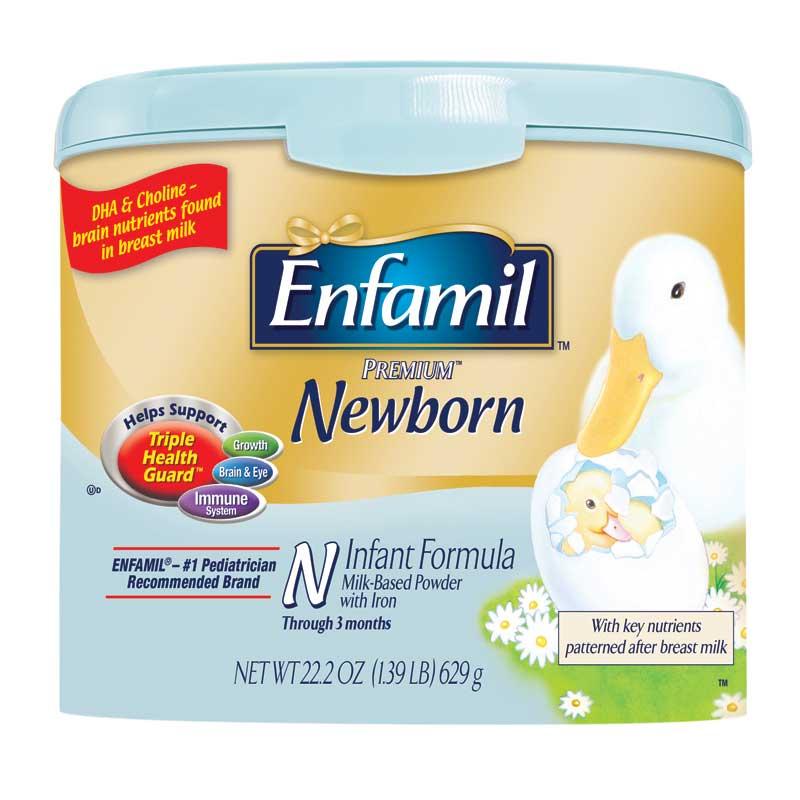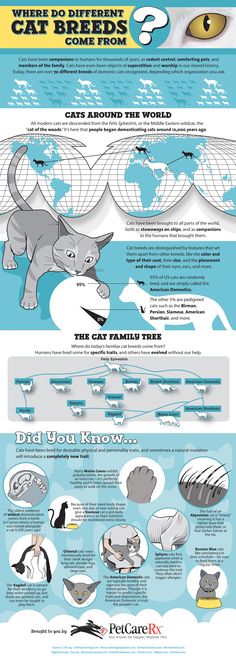Homemade baby food storage ideas
Tips on Freezing and Best Containers
Learn the secrets to storing and freezing homemade baby food for ultimate freshness—AND the best baby food storage containers to use to ensure that you never waste what you make!
Baby Food Storage
Going through the effort to make homemade baby food really only works if you have a good plan for how to store the food to ensure that it stays fresh and that baby has plenty of opportunities to enjoy it. After making a LOT of baby food for my third kiddo to send with him to daycare, I got into a good routine of making and storing baby food—both in the fridge and freezer. Here’s how you can do it too.
TIP: You can find my favorite baby food recipes here.
Homemade Baby Food Storage: In the Fridge
You can store baby food in the fridge in airtight containers for up to 3 days. You can use masking tape and a Sharpie to label the containers with the contents and the date if you have a hard time keeping track of when you made something. (It’s definitely helpful to do that!)
Best Baby Food Storage Containers
I have a four favorite baby food storage containers that I use regularly.
1. Wean Green Baby Food Cubes
These are small, incredibly durable, and made from glass. They’re easy to clean and last forever. (Seriously, I’ve been using the same set for 7 years and they’re still as good as new!) $19.99 for a set of 4
2. Easy Lunchboxes Mini Dippers
These small containers are a perfect size for 1-2 frozen baby food cubes and they’re my go to for packing food for a baby to take to daycare. They also nest nicely when stored in the cabinet. $7.95 for a set of 8
3. Beaba Food Storage Containers
I have two sets of these and I use them regularly for larger amounts of baby food (you could probably fit 4 cubes of frozen food) and for toddler snacks. When assembled, they snap together, so they’re an easy way to stay organized. $14.95 for a set of 6
4. Oxo Tot Baby Food Blocks
This neat system is easy to keep contained in the fridge and is also made from a polypropylene body that is PVC, BPA, and phthalate free.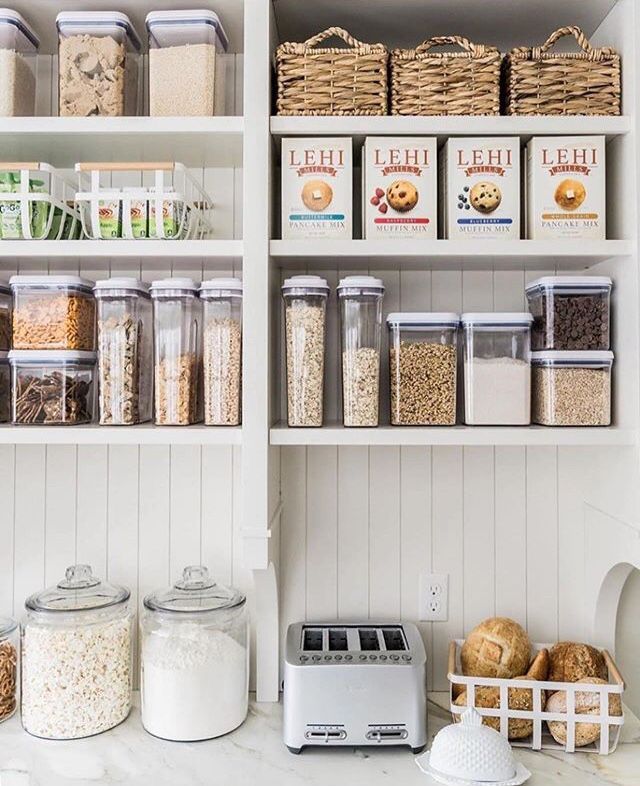 They are dishwasher and microwave safe. $9.99 for a set of 6
They are dishwasher and microwave safe. $9.99 for a set of 6
Homemade Baby Food Storage: For Freezing
Storing homemade baby food in the freezer allows you to make a bigger batch at once, and then serve it to baby over the course of a few weeks or months.The easiest way is to use an ice cube tray, which has the added benefit of portioning out the baby food nicely.
TIP: Any ice cube tray will do. You can use silicone ice cube trays if you prefer a non-plastic option.
Baby Food Storage Without An Ice Cube Tray
If you don’t have an ice cube tray or you’d just rather not use one, you can place a predetermined amount of baby food into a pint-size freezer bag. Remove as much air as possible, press flat, and seal. Place flat in the freezer to freeze. Then you can thaw the entire bag in the fridge overnight, or break off a portion of it to thaw.
How to Store Baby Food in the Freezer Step by Step
- Place baby food into each compartment of the ice cube tray, or fill as many as you need to with the amount of baby food you have.

- Cover (if your ice cube tray has a cover) and freezer for 4-6 hours or overnight.
- Pop out frozen cubes and transfer to freezer storage bags. Label as desired with the type of baby food and the date.
- Store in the freezer for up to 3 months.
TIP: I like to have a bag of sweet fruit purees and more savory vegetable purees to avoid having too many separate bags in the freezer at any given time. Then you can combine them into baby food combinations easily!
How to Thaw Baby Food
To thaw baby food, simply remove a cube (or as many as you need) and place into airtight containers. Thaw overnight in the fridge and serve. 1 cube may be plenty for a baby aged 6-7 months and older babies may enjoy two cubes.
Tips for the Best Baby Food Storage
- Keep fresh baby food in an airtight container for up to 3 days in the fridge.
- Use a regular ice cube tray to freeze, a silicone ice cube tray with a lid, or a small freezer bag with the contents pressed flat.

- Store frozen baby food in a freezer storage bag in the freezer for up to 3 months.
- To avoid freezer burn, try to remove as much air as possible from the storage bags.
- Label your bags with the contents and the date.
- To thaw baby food, simply remove a cube (or as many as you need) and place into airtight containers. Thaw overnight in the fridge.
- Use leftover baby food to flavor yogurt, baby oatmeal, baby rice cereal, smoothies, or cottage cheese.
- See some of my favorite Baby Food Pouch recipes here for more ideas on how to serve your baby food!
I’d love to hear your feedback if you have another storage technique or container that you love, so please comment below!
8 Creative Ways to Store Baby Food
You don’t need a giant freezer to store all that baby food you’ve been busy whipping up. You just need the right containers. Experiment with these easy freeze methods to see which works best for you.
1
Image: NUK
Ice Cube Trays
Why we love it: Store at least a dozen servings of baby food ahead of time – and you won’t have to worry about breaking out the blender every night! Trays are made to easily stack in the freezer, so they won’t take up much room. And this one by NUK comes complete with a lid.
And this one by NUK comes complete with a lid.
How to store it: Rinse and sanitize the ice tray before using. Fill each ice cube cubby with pureed baby food, until you’ve used every available space. Cover with plastic wrap (or a lid, if you have one) and freeze.
2
Image: Shutterstock
Cookie Sheet Splats
Why we love it: You don’t have to spend a dime! Just cover a cookie sheet in parchment paper and you’re ready to go.
How to store it: Prepare baby’s food and drop it by the spoonful on a cookie sheet covered with parchment paper. Pop in the freezer until completely frozen. Then, store them in plastic bags or Tupperware.
3
Image: Wholesome Baby Food
Bulk Freezer Bag Storage
Why we love it: It’s easy. Plus, you won’t waste time racking your brain trying to remember what those green cubes are (avocado? spinach? broccoli?) or if they’re still safe for baby to eat.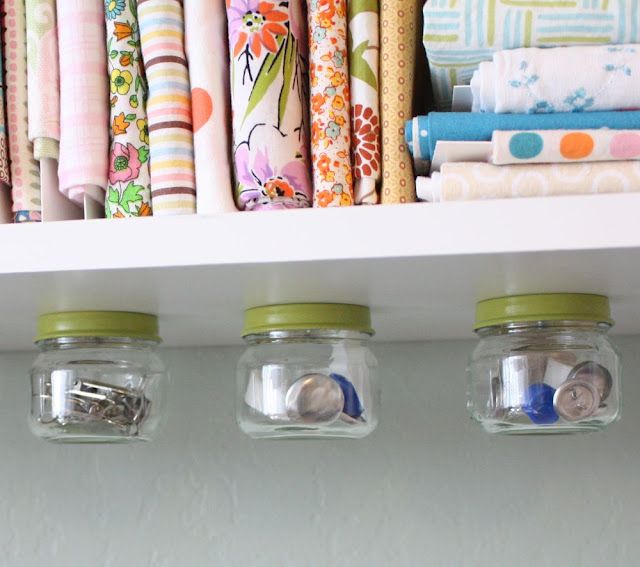
How to store it: Prep baby’s meals in ice cube trays or in spoonfuls and once they’re frozen through, pop them in freezer bags labeled by food and date.
4
Image: Kitchen Craft
Silicone Muffin Cups
Why we love it: Because they’re flexible, it’s really easy to pop out single servings of baby’s food, and you can reuse them again and again. Try this colorful set of 12 by Kitchen Craft.
How to store it: Make baby’s purees and place them in these individual wrappers to freeze. Store them right in their cups or pop them out and place them in freezer-safe Tupperware.
5
Image: Nuby
Ice Tray Pops
Why we love it: Making baby’s food just got a whole lot cooler now that you can store them in all sorts of shapes, sizes and designs!
How to store it: Make baby’s purees and when the time comes to freeze them, use these ice pop trays instead. They’re BPA free (score for baby!) and dishwasher safe (score for you!).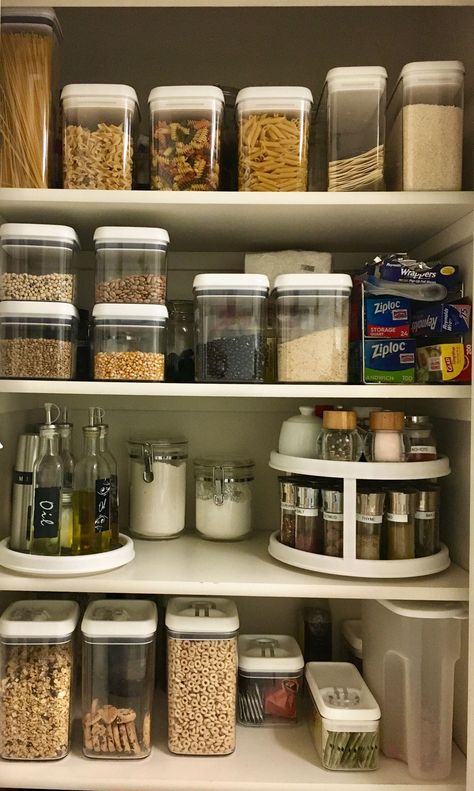 Plus, when baby’s old enough, you can use them to make popsicles.
Plus, when baby’s old enough, you can use them to make popsicles.
6
Image: Shutterstock
Freezer-Safe Jars
Why we love it: It’s a totally retro idea with a modern twist—and they’re reusable and recyclable.
How to store it: Make sure you’re buying freezer-safe canning jars (we recommend Ball’s Jelly Canning Jars). Otherwise, they’ll crack. After you prep baby’s food and put it in the jars, seal them tightly and store them in the freezer for up to three months. When you’re ready to use the food, thaw under warm water.
7
Image: OXO/Target
Freezer-Safe Baby Tupperware
Why we love it: Baby-sized Tupperware is worth investing in — you’ll use it for baby food now and for toddler snacks later. Most are BPA-free (and won’t contaminate baby’s food). This set by OXO Tot is air-tight and liquid-tight—nothing in, nothing out!
How to store it: After mashing those avocadoes, freeze them right in these colorful storage containers.
8
Image: Target
Mini-Muffin Trays
Why we love it: When you’re not busy baking batch after batch of mini-muffins, these trays double as the perfect portion size for baby’s mini meals.
How to store it: Store mashed veggies or fruits in stackable trays. After you’ve filled all the available space, cover tightly with a lid or plastic wrap to prevent your purees from getting freezer burn.
Please note: The Bump and the materials and information it contains are not intended to, and do not constitute, medical or other health advice or diagnosis and should not be used as such. You should always consult with a qualified physician or health professional about your specific circumstances.
save article
Join
Already a member? Log In
Sign up for weekly updates to help you on the road to parenthood!
Choose Your Journey
Want a personalized experience?
Download The Bump App for daily pregnancy and newborn updates with our free app
Next on Your Reading List
Article saved.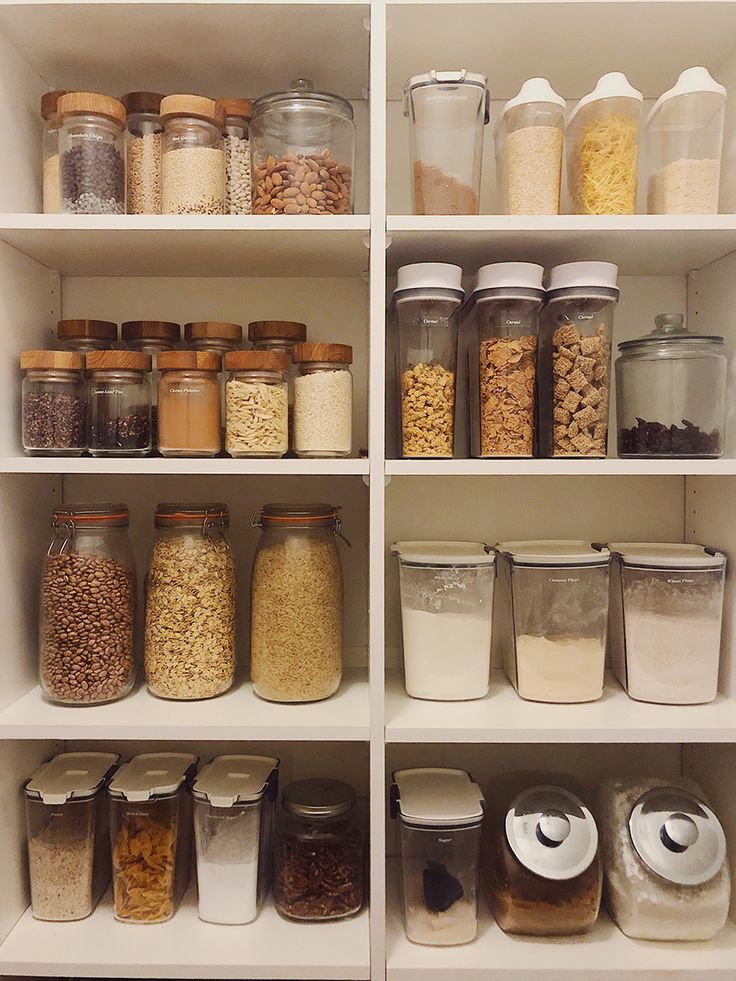 Go to My Saved Articles
Go to My Saved Articles
Article removed.
Name added. View Your List
How to store baby puree correctly and for how long
When a baby grows up, in addition to breast milk, he is given various vegetable, fruit or meat purees. The proper development of the child's body will depend on the quality of complementary foods. Therefore, you should buy only fresh products from time-tested manufacturers. Where and how to store baby food puree, you can read on the jars. But it will not be superfluous to familiarize yourself with the general rules for storing food for babies in order to prevent poisoning, indigestion and other negative consequences of eating low-quality or expired products.
How to choose
When buying baby puree for future use, you must strictly follow the storage rules specified by the manufacturer. But if after opening the jar there are doubts about the quality of the product, you should not give it to a child. Better to play it safe and go for fresh mashed potatoes than put the child at risk of poisoning.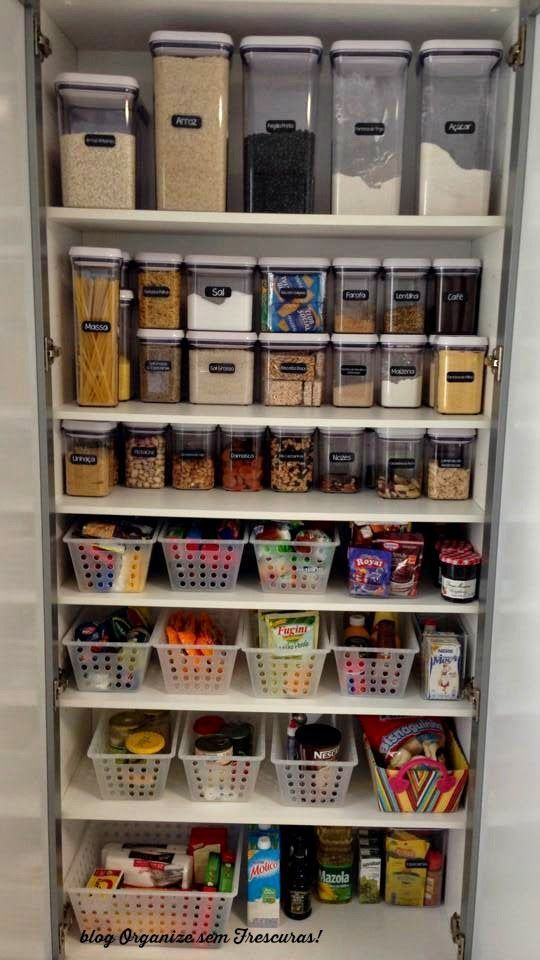
Quality fruit or vegetable puree should not contain any additives other than water and, moreover, preservatives.
Making a choice in favor of one or another type of product, first of all, its useful qualities are evaluated. Exotic fruits, for example, will not bring as much benefit to the children's body as an apple or a pumpkin.
The fruits and vegetables best absorbed by a child are those grown in the area where he lives. Therefore, when choosing baby puree, preference is given to products of local manufacturers. More natural and useful for the digestive system of our child will be puree from ordinary carrots, apples, pears, zucchini than from mangoes, bananas and other exotic fruits.
There are three types of baby puree packages:
- glass,
- metal,
- cardboard (Tetra Pak).
It is impossible to say exactly which package is better. Each of them has its own disadvantages and advantages.
- In glass container the product can be stored without fear that this material will somehow change the composition of the baby puree. At the same time, the small volume of the jar (100 ml) allows you to use its contents without residue. And in this case, you no longer have to store baby puree.
- In metal containers the shelf life of baby puree will be longer. In addition, it will not break in case of careless handling.
- Baby food in carton is the most budget option for low-income families. But this does not mean that the contents of the package are worse. Just monitor the safety of the product should be more carefully.
Purchased puree
Pre-sealed baby food containers can be stored even at room temperature. The manufacturer creates a vacuum environment inside each of them, which minimizes the development of harmful microorganisms. But if the storage of baby puree occurs without a refrigerator, the product is placed in a cool place, closed from sunlight.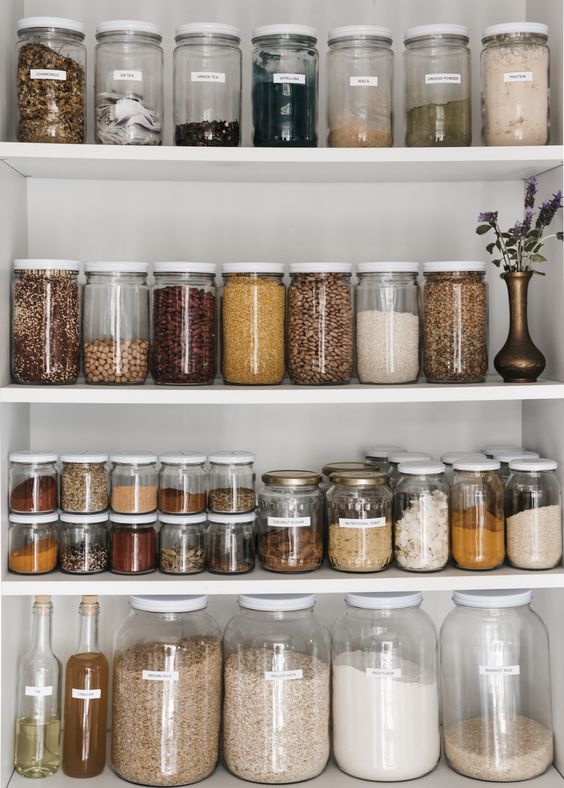 It should be understood that when heated, the contents of the containers will deteriorate faster than the period specified by the manufacturer.
It should be understood that when heated, the contents of the containers will deteriorate faster than the period specified by the manufacturer.
Tetra Pak carton packs are as convenient as glass or metal packs. In it, the product can also be stored for a long time. Unlike a glass jar, cardboard does not let in sunlight and is cheaper.
The disadvantage of cartons is their relative fragility. They are easily deformed and may lose their tightness during transportation.
While still in the store, you need to read the information that is present on the container with baby food. First of all, pay attention to the date of release of the product, and its expiration date.
Homemade puree
At home, prepare baby puree immediately before use. Storage is contraindicated for it, since cooling and subsequent heating deprive the product of useful properties.
How long can homemade puree be kept when there is no other way out? No more than 24 hours in the refrigerator, and within 3 months in the freezer.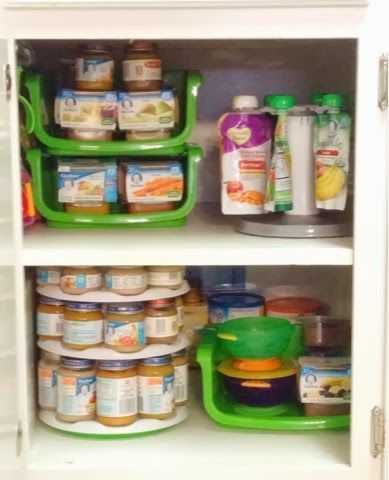
To freeze the product, it is laid out in ice molds and sent to the freezer. After solidification, the cubes are transferred to special freezer bags or food containers, after which the date must be indicated on them. Then the product is sent to the freezer for 3 months.
When preparing and freezing baby puree, use only sterile containers and cutlery.
Product can be defrosted on the refrigerator shelf or at room temperature.
Opened baby puree
The answer to the question of how long open baby puree can be stored can be found on the product packaging.
Most manufacturers do not recommend storing baby puree after opening in general . Or it allows it to be in the cold for no longer than 1 day. This will allow you to divide the product into 2 feedings, but you should not heat it directly in the jar. The necessary part of the puree is transferred to another container and heated. If you heat the entire jar, the shelf life of the baby puree that remains in it will be reduced to a few hours.
If you heat the entire jar, the shelf life of the baby puree that remains in it will be reduced to a few hours.
The temperature at which baby puree should be stored after opening should be between 0°C and +4°C. If you keep it in a warmer place, it will lose quality after 5 - 6 hours. The product cannot be kept on the refrigerator door due to constant temperature changes every time the door is opened.
- When closed baby puree can be stored at a maximum temperature of +22°C
- A after opening at a maximum of +4°C.
You can read the manufacturer's instructions for how long puree can be stored in the refrigerator, but if the jar is opened, it will not be possible to give the product to the child in a day.
Out of the refrigerator, opened baby food will retain its quality for up to 6 hours at temperatures up to +20°C, and no longer than 4 hours in an even warmer place.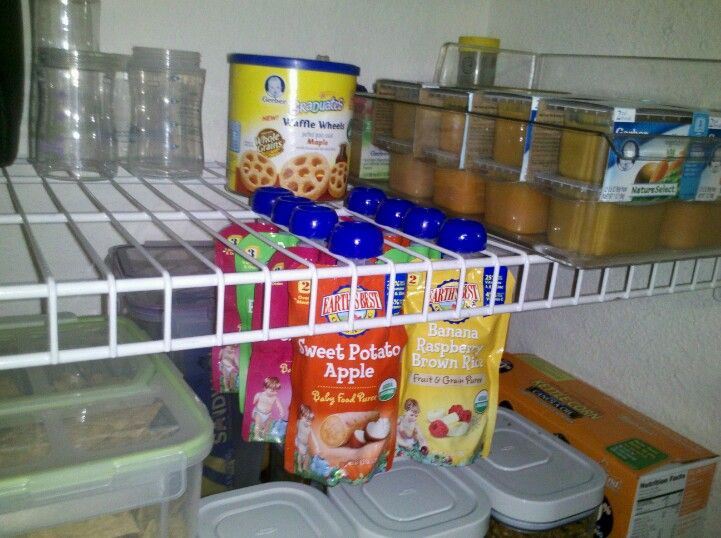
Storage rules
If your baby consumes poor-quality products, it can lead to serious consequences, so you need to know how to store baby purees in jars (other packaging).
- Closed baby food containers should be kept in a dry, dark place. These are various closed cabinets, pantries, etc. There should not be heat sources nearby, otherwise bacteria will begin to actively develop even in closed packaging.
- Arrange the jars so that those with the earliest expiration date are closest. Accordingly, they must be used first.
- Lids on containers must always be tightly closed.
Do not feed your baby directly from the bottle if you plan to continue to store the contents. When children's saliva enters the container, the development of microorganisms occurs. Then the product becomes unusable.
If you leave an open jar right on the table, after 2 hours, bacteria dangerous to your baby's health will begin to develop in it.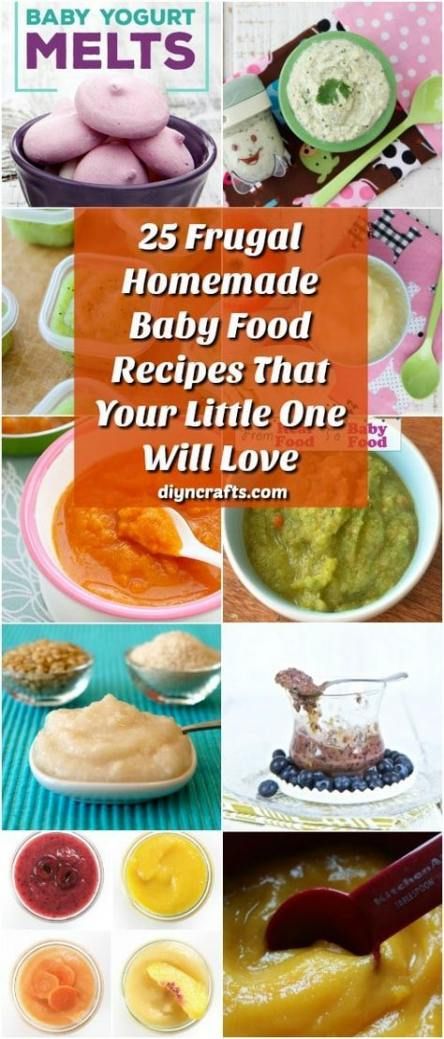
It is categorically impossible to continue to store expired baby puree and, moreover, to offer it to a child. This can lead to severe poisoning.
If the product has not changed its appearance, smell and seems to be quite edible, but its expiration date has passed, it should not be given to children.
Every mother should know exactly how to store baby puree and strictly follow all the manufacturer's recommendations.
How to store baby food while traveling
How to store baby food while traveling by car?
Take-away baby food
The temperature in the trunk of a car can rise to 40°C or more, so you need to be very careful when storing food on the road:
, fruits and cereals, drinks) are well stored on the road. These products can be easily transported in the trunk.
These products can be easily transported in the trunk.
Vegetables and products containing meat (menu, meat purees), on the other hand, are sensitive to prolonged exposure to air temperatures above 40°C. Therefore, special attention should be paid to the storage temperature of these products on the road. If possible, store these products in the vehicle interior. Thanks to ventilation and air conditioning, the air temperature in the cabin is lower.
To be transported in the trunk: cool the jars in the refrigerator before you travel and then pack them in your travel cooler bag.
In addition, the jars must be packed in such a way that they do not break during transport. It is best to put them in a tray wrapped in plastic wrap. Keep all the products you need on the road at hand in the car.
Storage of baby food at the resting place
It is recommended to store jars at the resting place below 35°C. Before use, be sure to check the factory tightness of the package.